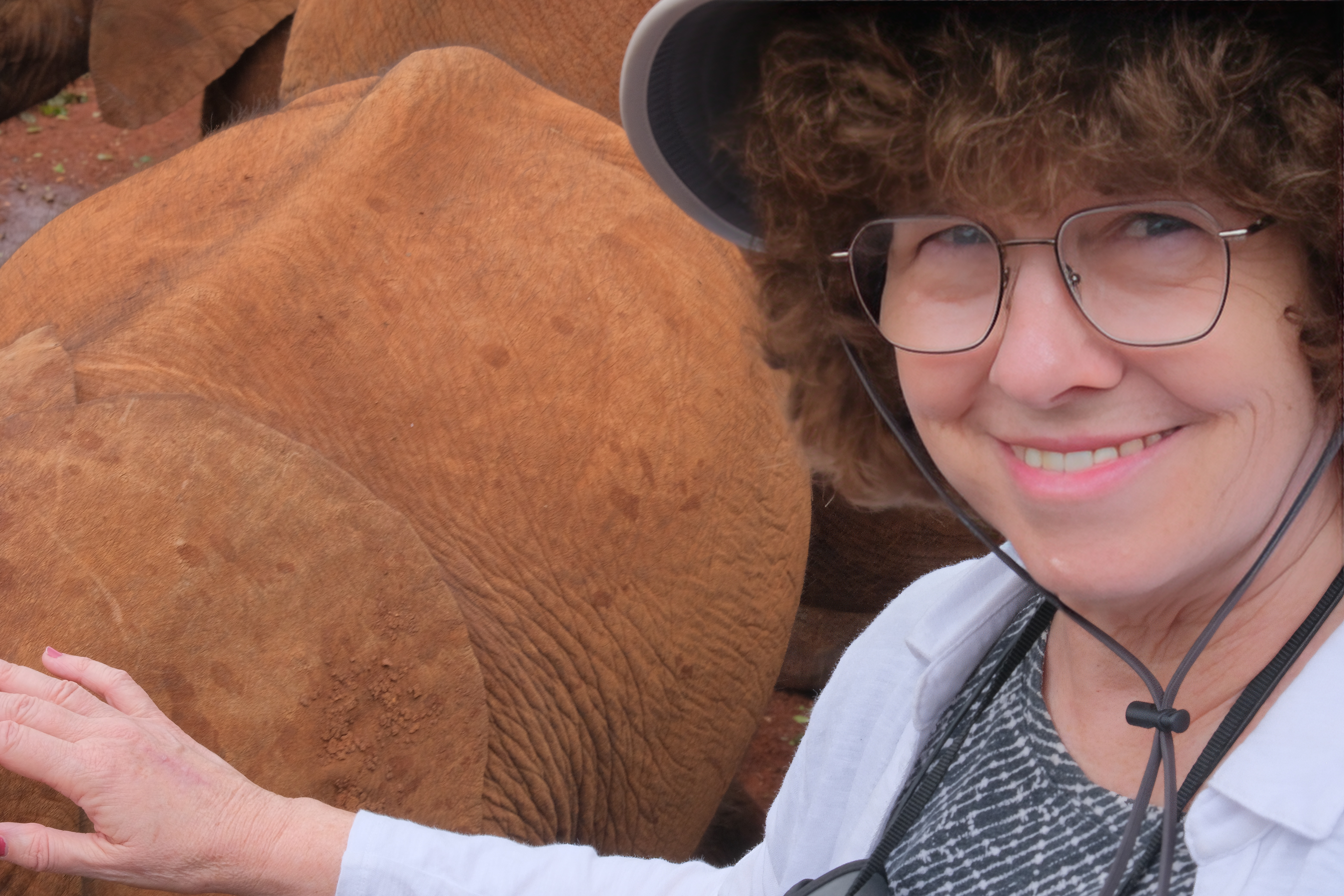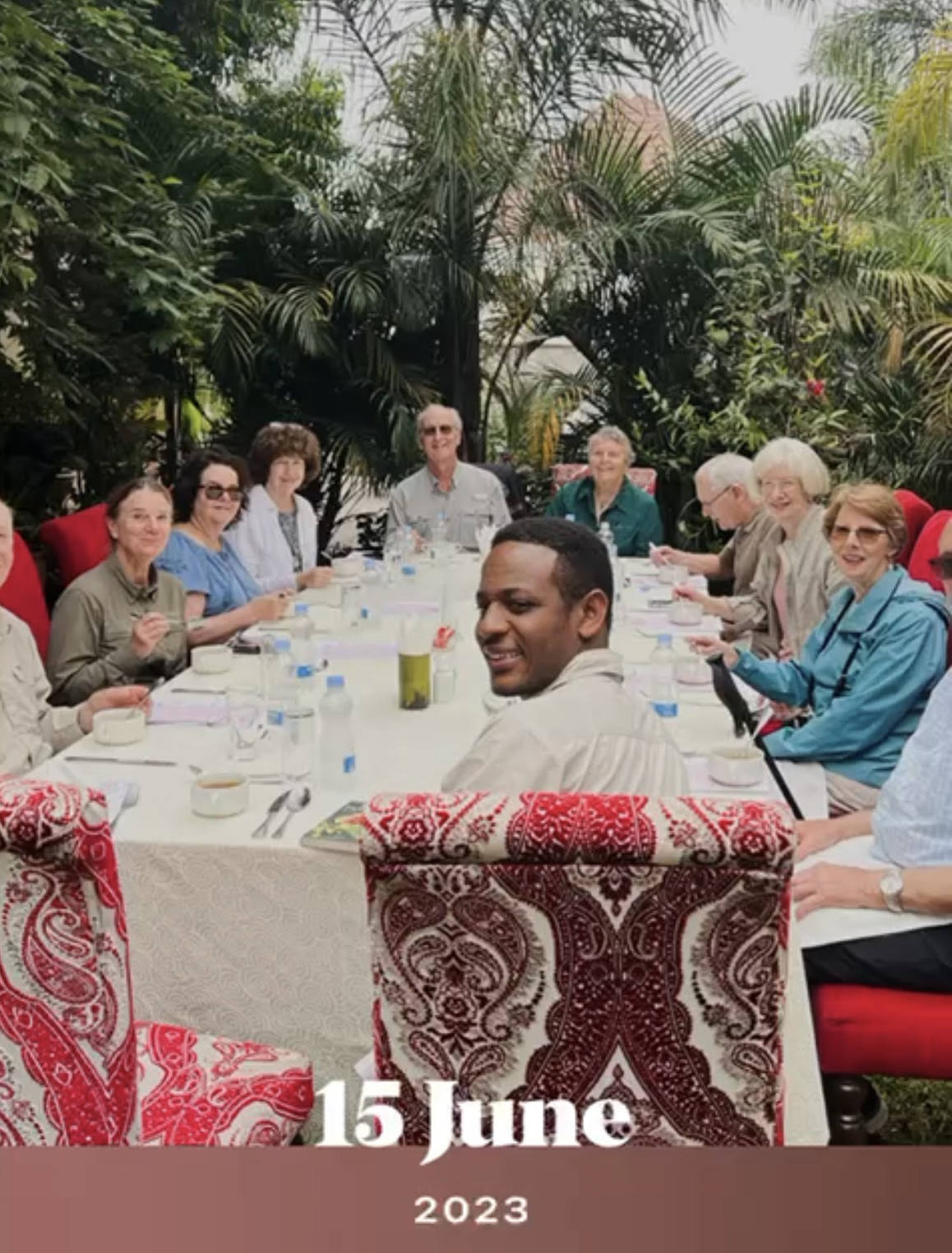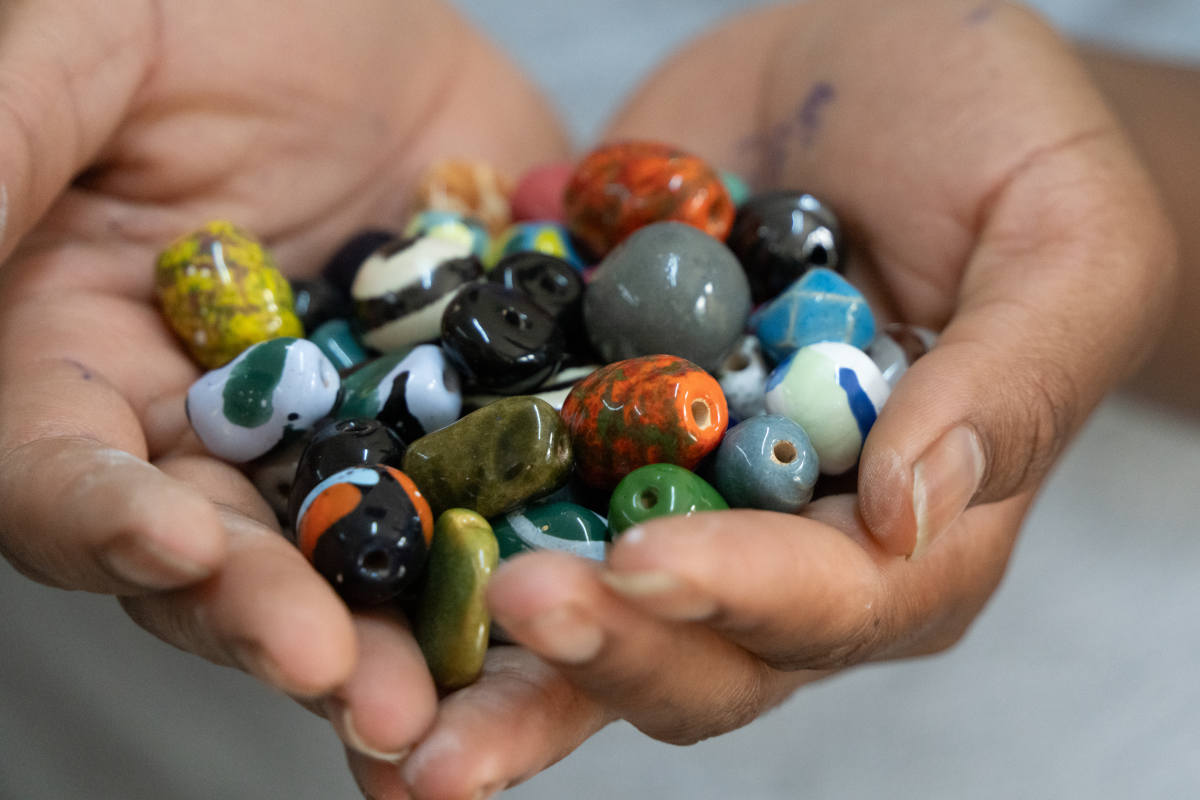Karibu or welcome to our O.A.T. trip to Africa called The Best Of Kenya & Tanzania. After doing a pre-trip we joined the rest of our group who had just arrived in Nairobi for a total of 10 travelers.
June 15
Allen Alex Martin - our fearless, fun trip leader! Emerson, Linda D, Debbie, Linda A and Mike met Allen on our pre-trip. The remaining five travelers - Leslie, Glen, Greenie, Barbara and Pat meet him on this main trip upon their arrival in Nairobi. (BTW - Nairobi translates to cold water in the Masai language.)
Kim Nko, new to OAT, but an experienced tour leader has also joined our trip to learn how OAT does things. It was wonderful having the benefit of two experienced guides on this trip.
Our very first outing with the full group of 10 travelers was to the Daphne Sheldrick Elephant Orphanage. However, the first animal they brought out was a baby rhinoceros! Its tail had been eaten off by a hyena, so the orphanage adopted him even though they typically rescue elephants. 11am
The baby elephants come on a run to get bottle fed.
More elephant activities including a bit of rivalry.
Elephant eating leaves provided by the staff.
We learn about some of the animals. They have 25 elephants in rehab. at this facility.
The babys play.
Debbie petting an elephant.
 Linda checks out the tiny rough bristle-like hairs as she pets this ele (the short cut name for elephant!).
Linda checks out the tiny rough bristle-like hairs as she pets this ele (the short cut name for elephant!).
 A baby being bottle fed.
Mike Farley photo
A baby being bottle fed.
Mike Farley photo
 Reminds us of when our grandson could start holding his own bottle.
Reminds us of when our grandson could start holding his own bottle.
Here's what's for lunch at Fair Acres Boutique Hotel restaurant. 1PM
Getting ready to eat lunch outdoors at Fair Acres.
 Group photo (thanks Allen for sending through What's App!)
Group photo (thanks Allen for sending through What's App!)
We visit KOBE Tough, a bead making facility where jewelry is made. 2pm
Our KOBE guide Natalie explains the process of making the clay used for the jewelry.
Pat stirs the clay.
We then visit several different areas in this entirely women owned bead facility. The song we're greeted with here is one often sung to tourists in Kenya and Tanzania.
 Lyrics to the song Jambo Bwana released in 1982. Written and sung by "Them Mushrooms", a Kenyan group.
Lyrics to the song Jambo Bwana released in 1982. Written and sung by "Them Mushrooms", a Kenyan group.
We all formed some clay. Emerson worked with Elizabeth, nicknamed "The Queen", their longest term employee.
This artist helps Linda design a small clay animal.
Painting giraffe patterns on these beads.
Loading the kiln.
 Great colorful beads.
Mike Farley photo
Great colorful beads.
Mike Farley photo
Artists displaying finished products ready for sale 2:47pm
June 16
Josh, an OAT trip leader who had trained under Allen last year, is wearing his Masai clothes to breakfast this morning. His group's tour began the day after ours. 8:45AM
Our Concierge Lordrick.
Security in Nairobi was very tight. Many places had checkpoints before entering. Our hotel did a check of every vehicle that came in and we had to go through a metal detector at the front door. Lordrick had been a security officer.
We see the Kibera slum from the highway on our way to visit there. Our guide tells us the correct name now is Kibra (though our OAT booklet spells it Kibera). Kibra means forest. However, the forest disappeared a long time ago.
We get a quick introduction to the Kibra area.
Our guide, Nyeusi, is from the Nubian tribe
A vendor of sugar cane.
Shopping in Kibra.
Debbie takes her turn buying supplies for our home visit.
Flour was one of the items we purchased along with rice.
A vendor of LP tanks.
We meet this 23 year old single mother and her one and a half year old son.
Half of us met with her while the other half of our group visited a dwelling across the walkway.
These young boys followed us around.
We pause at the doorway to say our goodbyes.
Nyeusi asks our young mother if we can hold her sweet baby.
Linda and the baby.
Our route back through the narrow pathways.
We stop briefly to learn some Swahili words from Nyeusi.
Including the Swahili word for "Brothers". 11:41
Our group along with Nyeusi and his sons.
As we leave Kibra, we learn that there are anywhere from 250,000 to 1.2 million people living here in this slum. (Numbers vary due to undefined boundaries and inaccurate counting.) Many live on as little as $2 a day. We witnessed very little loitering and substance abuse. Folks seemed to be doing their best to be industrious and make a living in poor economic conditions. Life is slowly improving though crime, cholera and HIV are still problems.
After we leave Kibra we have lunch at Tamarind Brasserie. What a contrast to those living in Kibra. We did have a lovely meal sitting outside.
Our group dining outside once again. 1:30pm
We visit the Giraffe Center. Here's a name chart of the animals currently at this center. 2:30
Our speaker at the center.
Photos of three distinct giraffes found in Africa.
The three types of giraffes in person.
Emerson feeding a giraffe at the Giraffe Center.
Linda's turn.
A motorcycle taxi stand.
MPesa Exchange at the Mall across the street from Hotel EKA. We visit this small shop which serves as an exchange and a virtual bank, while Allen tells us about the MPesa history. MPesa signs are everywhere. 4:45pm
MPesa rate of exchange.
Hotel EKA as seen from the Mall.
In the evening we dine at this restaurant, Carnivore. 6:30pm
Carnivore meats "in the round".
The menu. The crocodile was very good.
"Would anyone like to try our local drink DAWA?" Dawa means medicine in Swahili.
We're given the ingredients and demonstration of mixing Dawa which tasted very good.